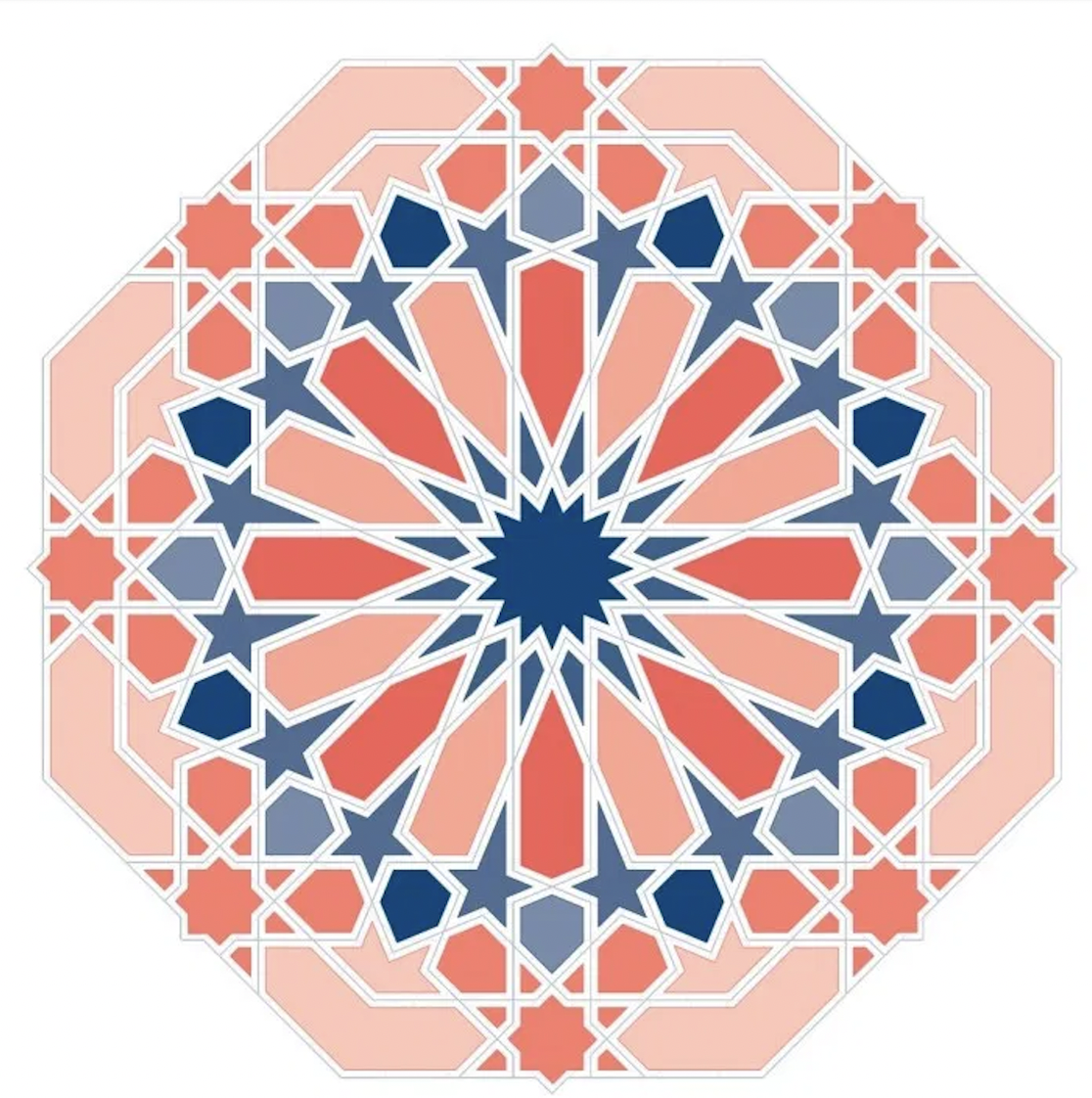‘The Gilded Cage on the Bosphorus’: Review
A nineteenth century Ottoman Sultan ousted from his throne after only three months by his brother and imprisoned for 28 years, is the plot of this gripping novel ‘The Gilded Cage on the Bosphorus’, by Ayse Osmanoglu.
The story revolves around the life of Sultan Murad V (1840-1904) and his immediate family, who are all held captive by his younger brother, the new Sultan Abdulhamid II.
Sultan Murad V, the rightful heir under the Ottoman system, succeeded the throne in May 1876. He took over from his Uncle Sultan Abdulaziz who was murdered in a coup. Murad, shocked by what happened, subsequently has a nervous breakdown.
After a mere three months on the throne, his younger brother Sultan Abdulhamid II declared that Sultan Murad was unfit to rule, and replaced him. His was the shortest reign of all the Sultans of the Dynasty.
Although Sultan Murad recovered from his breakdown, Sultan Abdulhamid kept his brother and his whole immediate family imprisoned within the walls of Ciragan Palace for 28 years until Sultan Murad died in 1904.
This book, written by Sultan Murad’s descendant is claimed to be based on truth and family history. It is a beautifully told historical novel about Sultan Murad and his family’s life in captivity. I thoroughly enjoyed it! It was tragic but also heart-warming as the family had such a strong bond and love between them.
Images left to right: Sultan Murad V, Ciragan Palace, Hadice Sultan (Murad’s daughter) and Fehime Sultan (Murad’s daughter)
Sultan Murad is depicted as an honourable, kind-hearted man with a strong belief in God, which seems to get him through this awful ordeal that steals away so many years of his life.
Sultan Murad, was a modernist, and believed in creating a constitutional monarchy for the Ottoman Empire, which he thought would ensure its survival in a changing world. He believed Islam and modernisation were compatible.
The story also provides an interesting insight into the political landscape of the late nineteenth and early twentieth centuries. It hones in on the unsavoury tactics used by colonial powers to suppress the once all-powerful Ottoman Empire. It also touches on the creation of the state of Israel, and how the Ottomans were committed to protecting the Holy Land. They refused to bargain with this land (which was under Islamic rule for 12 centuries) and had been a place for all religions to live harmoniously. They certainly did not want that peace and harmony to be destroyed by the British. This was really sad to hear, considering the turmoil that is in these lands now.
Sultan Murad, his son, and grandson are worried about the future of the Ottoman Empire. Across the world, people were rebelling against traditional monarchies and empires. There was more of a leaning towards a constitutional monarchy at the time. They are frustrated because they feel that Sultan Abdulhamid is oblivious to this trend, and will cause the empire to self destruct.
There are a lot of discussions in Ciragan Palace about Europe’s machinations and desire to bring down the Ottoman Empire. The Princes want to protect the Empire from their plots but feel helpless being imprisoned in the palace. In the book, Selahuddin, Sultan Murad eldest son and heir says:
“Europe is inherently Islamophobic and Turcophobic, and has been since the fall of Byzantium. They have never accepted us as their equals, and have always resented our power and influence on the European continent and in the Holy Land.”
Alongside the historical narrative in the book, it beautifully weaves in personal stories of the different family members and the strength of their faith in God. Despite their tragic life situation, they remain hopeful.
The trials faced by Sultan Murad seem endless, he is banned from meeting his other siblings as well as being prevented from seeing his two beloved daughters (pictured above) who were married and thus allowed to leave, but never return. Yet he remains steadfast in his faith.
The author (a descendant of Murad) gives the book a personal touch, and you can feel the care that she takes with the characters. It was her way of preserving the story and memory of Sultan Murad V, and although he was imprisoned for much of his life, these words are a way to set his spirit free.
DISCLAIMER: This book shows one side of the story and is not a historical account.



